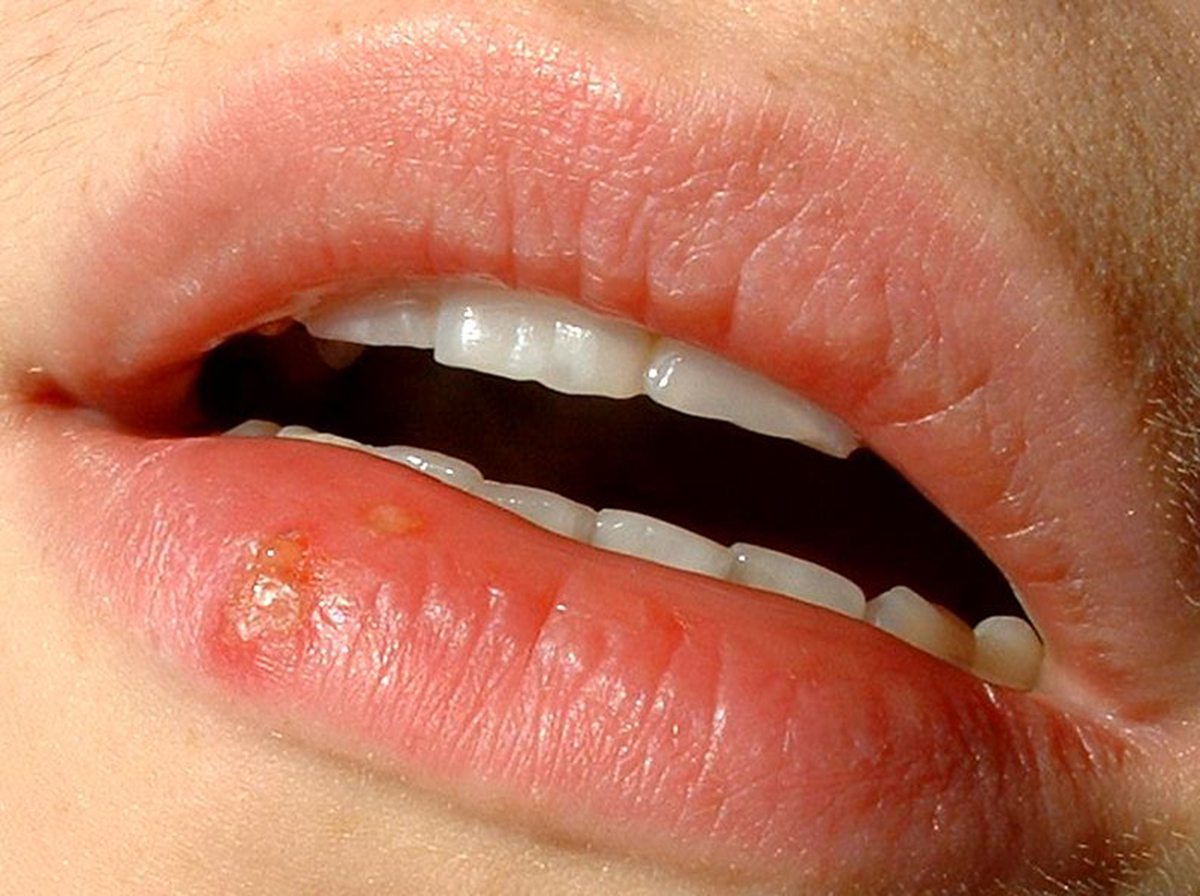
Introduction to nose blisters
Blisters in the nose can be caused by many things, but most commonly they are caused by the bacteria and viruses.
These blisters can cause pain and discomfort and the worst part is that they take a long time to heal usually.
They usually appear in the lower part of the nose, near the nostrils, or inside the nose.
They are painful because they are filled with fluid that can occasionally ooze out and create crusts.
Causes
A fever blister is one of the most common causes. Usually, the mouth and lips will get a fever blister first, but they can appear in the nose as well.
They are usually caused by the herpes simplex virus and many people refer to them as cold sores.
Because it is moist inside the nose, this creates an ideal atmosphere for viruses to grow and form.
The skin inside the noise is also very thin and delicate, which is why these blisters are so painful.
They can also take a lot longer to heal than blisters that appear on the mouth.
Sometimes the nose blister can appear as a result of an allergic reaction to some types of nasal sprays that people use for decongestive purposes.
Another possible cause of these blisters is impetigo, which is a bacterial infection that is caused by staph bacteria. The bacteria often infect the hairs inside the noise, which then get inflated and result in painful, pus-filled blisters.
Staph infections are often caused by people picking their noses with dirty fingers. Treatment
The treatment of thee blisters usually depends on the cause.
If the blisters are caused by a bacterial infection then a doctor will probably prescribe an antibiotic ointment that the patient will apply to the blisters until the disappear.
Sometimes they might prescribe oral antibiotics, but this depends on the severity of the infection.
If the blisters are being caused by the herpes simplex virus, then the antibiotics will not be effective. Instead, these fever blisters will have to treated with some kind of anti-viral medication such as acyclovir, famciclovir or Valacyclovir.
When a fever blister is mild however, then it can be treated with a simple home remedy such as ice. This will help to decrease the pain and speed up healing. Sometimes supplements of lysine, vitamin C and zinc can be used to get rid of the blisters as well.
It is important to talk to a doctor and see how severe the situation with the blisters is before beginning to take any antibiotics or anti-viral medications.


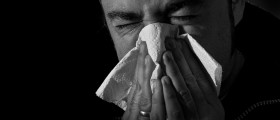
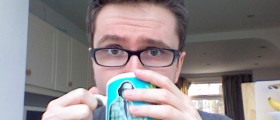



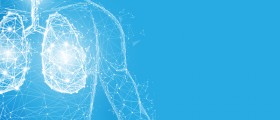


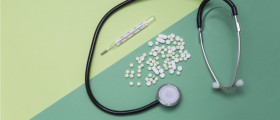
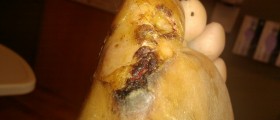
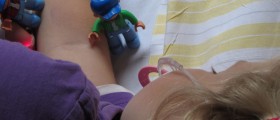
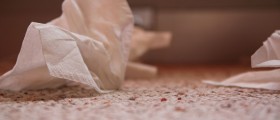
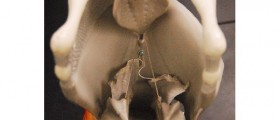


Your thoughts on this
Loading...